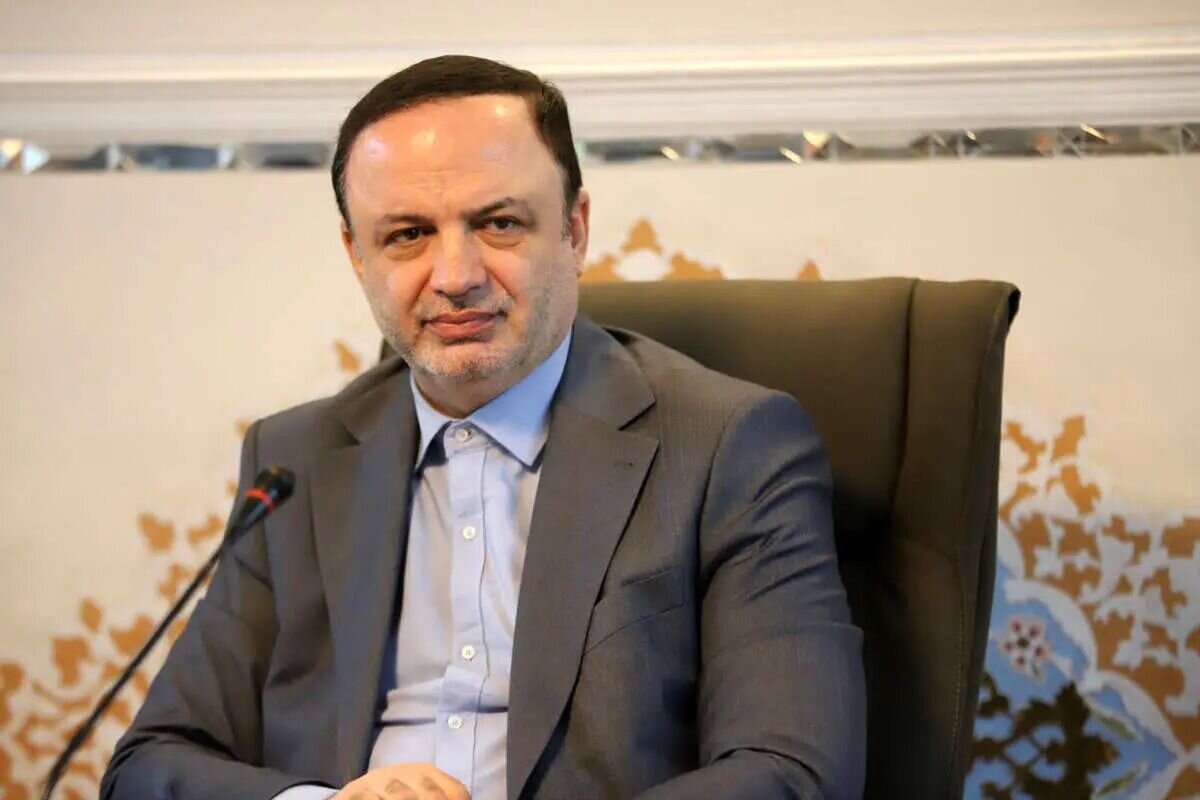Iran’s free trade zones target $2b in exports

TEHRAN - Iran’s Free Zones High Council has set a target of $2.0 billion in exports for the next Iranian calendar year (starting late March), with plans to remove legal barriers and introduce new incentives to boost trade, Secretary of the Council Reza Masrour said on Saturday.
Masrour stated that regulatory restrictions in free trade zones have hindered their intended function in recent years.
He pointed to past policies, such as the ban on vehicle imports into free zones while allowing them in mainland Iran, as an example of such constraints.
However, recent government efforts have led to the removal of several limitations.
A key issue affecting businesses in free trade zones has been the value-added tax (VAT) imposed since 2021, which has posed challenges for economic operators.
Masrour noted that a proposal to amend this law has been submitted to the government.
He emphasized the council’s focus on enhancing the export role of free trade zones, as a significant portion of their production has historically been directed toward the domestic market, contradicting their core purpose. The new policy framework aims to steer businesses toward export-driven production.
Export incentives and development plans
Masrour highlighted that while free trade zones are more service- and commerce-oriented, special economic zones focus primarily on production and exports.
Over the past 10 months, exports from free zones totaled around $1.0 billion, compared to $10 billion from special economic zones.
To improve export performance, new incentives have been introduced for production units engaged in exports.
Additionally, the council has partnered with Iran’s Trade Promotion Organization (TPO) to establish export management companies in free zones to facilitate international trade.
The council aims to increase free trade zone exports to $2.0 billion next year, supported by simplified regulations, investment incentives, and enhanced economic attractiveness.
Masrour reported that foreign investment in free zones reached €125 million in the past 10 months, while special economic zones attracted €131 million.
Given the zones' potential, he expects these figures to rise in the coming year, he added.
Crackdown on smuggling and changes in trade policies
Masrour addressed concerns about smuggling in free zones, stating that all import processes are recorded in official systems. He denied reports of fuel smuggling and claimed that contraband trade in free zones is minimal, with customs and law enforcement agencies actively monitoring compliance.
He also announced a shift in trade exhibition policies, stating that foreign exhibitions, which were previously held outside free zones, have been limited due to high costs. Moving forward, exhibitions will be held exclusively within free trade zones, ensuring they target relevant markets and yield better economic results.
Expansion into technology and Eurasian trade ties
The official revealed plans for a greater emphasis on technology in free trade zones, including the launch of a metaverse platform by the end of the year and initiatives to connect domestic manufacturers with knowledge-based companies.
He also mentioned the development of an AI assistant tailored for free trade zones.
On international cooperation, he proposed the establishment of a Supreme Eurasia Trade Council within Iran’s Foreign Ministry to strengthen ties with regional economic blocs.
He noted ongoing discussions with Turkey and Pakistan about creating joint free trade zones, although such projects require parliamentary approval.
Masrour concluded by affirming the council’s commitment to enhancing the competitiveness of free trade zones, increasing exports, and minimizing smuggling, with continued government collaboration to improve policies and investment conditions.
The establishment of free trade zones (FTZs) in Iran dates back to the Iranian calendar year 1368 (March 1989 - March 1990) following the fall in the country’s oil income in the preceding year which prompted the government to promote non-oil exports.
The first two free trade zones of Iran were established in the south of the country. The first one was Kish Free Trade Zone established in 1368 on Kish Island in the Persian Gulf and the second one was Qeshm Free Trade Zone established the year after on Qeshm Island in the Strait of Hormuz.
Some five other free trade zones have been also established in the country since then, including Chabahar in southeastern Sistan-Baluchestan Province, Arvand in southwestern Khuzestan Province, Anzali in northern Gilan Province, Aras in East-Azarbaijan Province and Maku in West-Azarbaijan Province, both in the northwest of the country.
As the free trade and special economic zones have great potential to accelerate economic development, the development of existing free trade and special economic zones and the establishment of new zones has become one of the major economic approaches of the Iranian government, and the government is determined to attract investment to these zones.
EF/MA
Leave a Comment